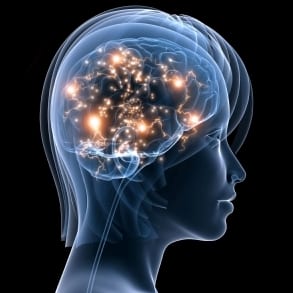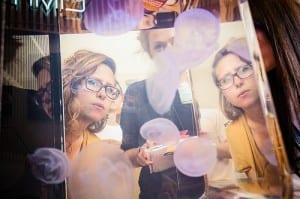Lunch Hour Lecture: Childhood maltreatment through the lens of neuroscience and epigenetics
By Thomas Hughes, on 26 February 2016
How do childhood experiences affect a child’s propensity to mental health issues later in life? Can childhood trauma be directly linked to higher rates of depression and anxiety? In this Lunch Hour Lecture by Professor Eamon McCrory (UCL Psychology and Language Sciences), he demonstrated how epigenetics and neurocognitive research is helping to understand how brains adapt to adversity.
As society is beginning to recognise the importance of mental health, more effort has been put into finding how the brain processes this abuse or neglect in children so that we can formulate preventative treatment.

Parts of the brain affected by abuse and trauma.
Rats and the epigenetics of nurture
Professor McCrory started by talking about epigenetics research with rats. Those brought up in a nurturing environment, where the mother cares for the young, grow up to demonstrate less stress and anxiety. They also grow up to be nurturing parents themselves.
 Close
Close



 “I hope you’re not all here for the wrong reason – so distracted, confused and unaware that you can’t pay attention”,
“I hope you’re not all here for the wrong reason – so distracted, confused and unaware that you can’t pay attention”, 